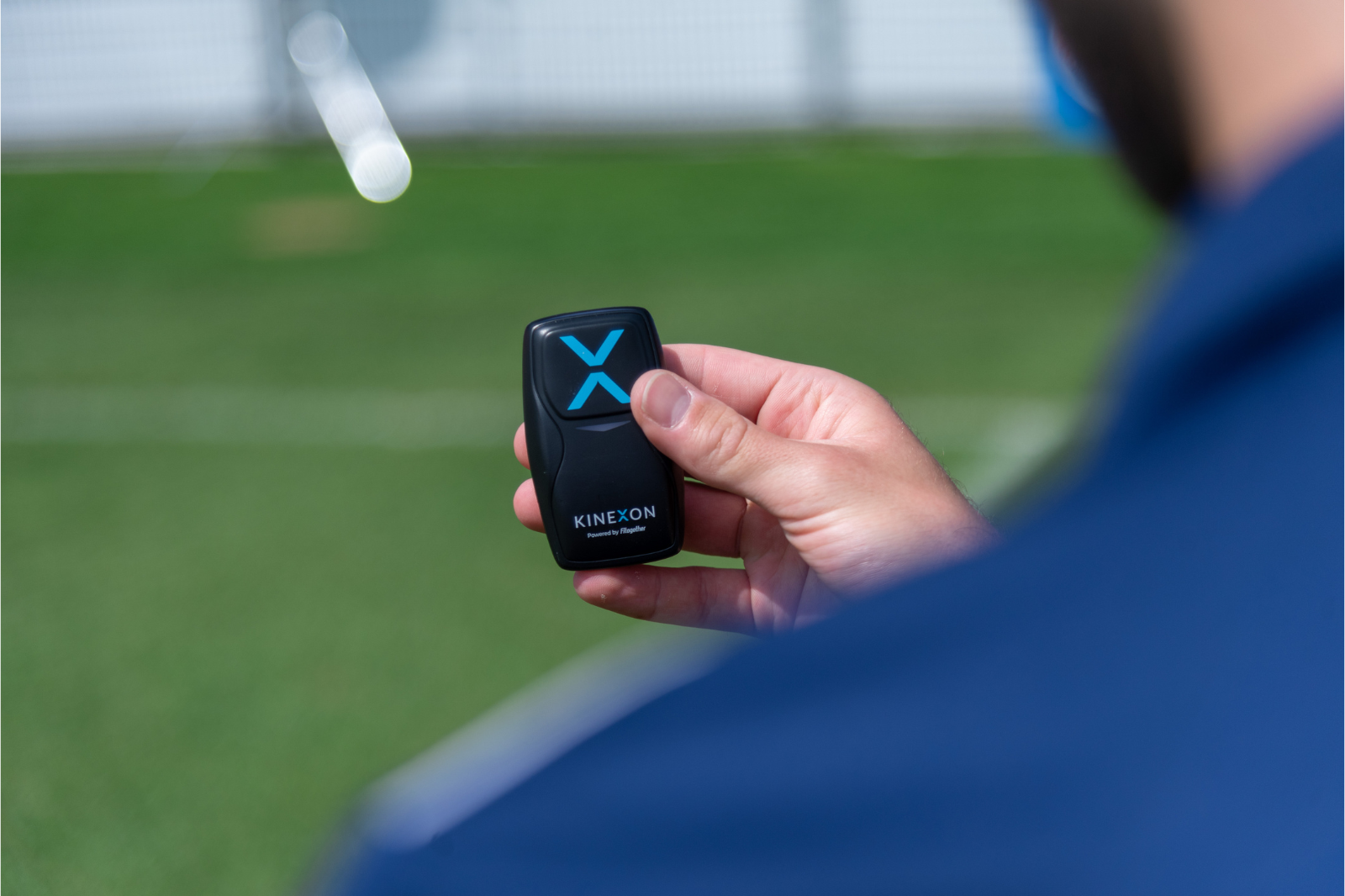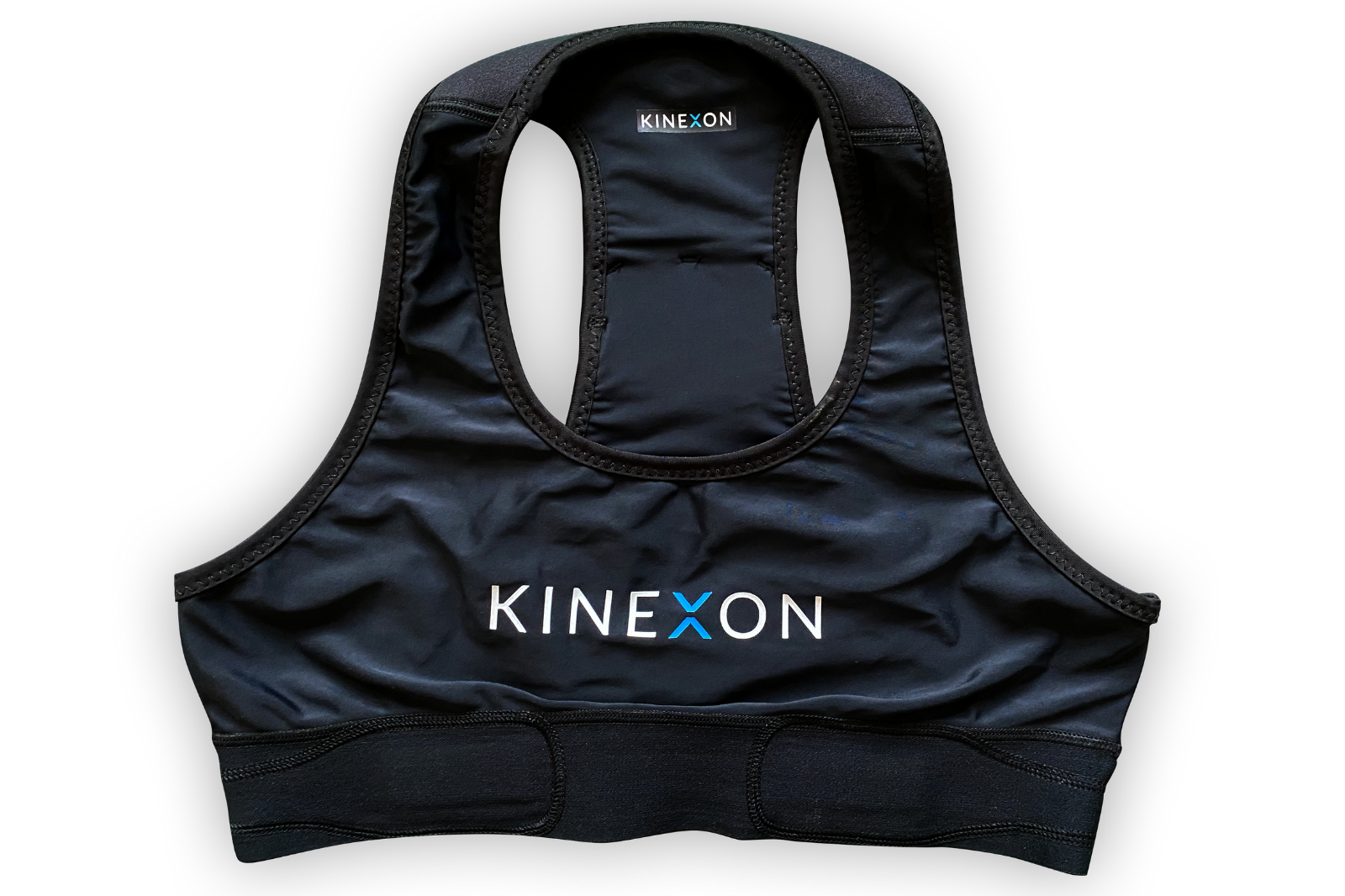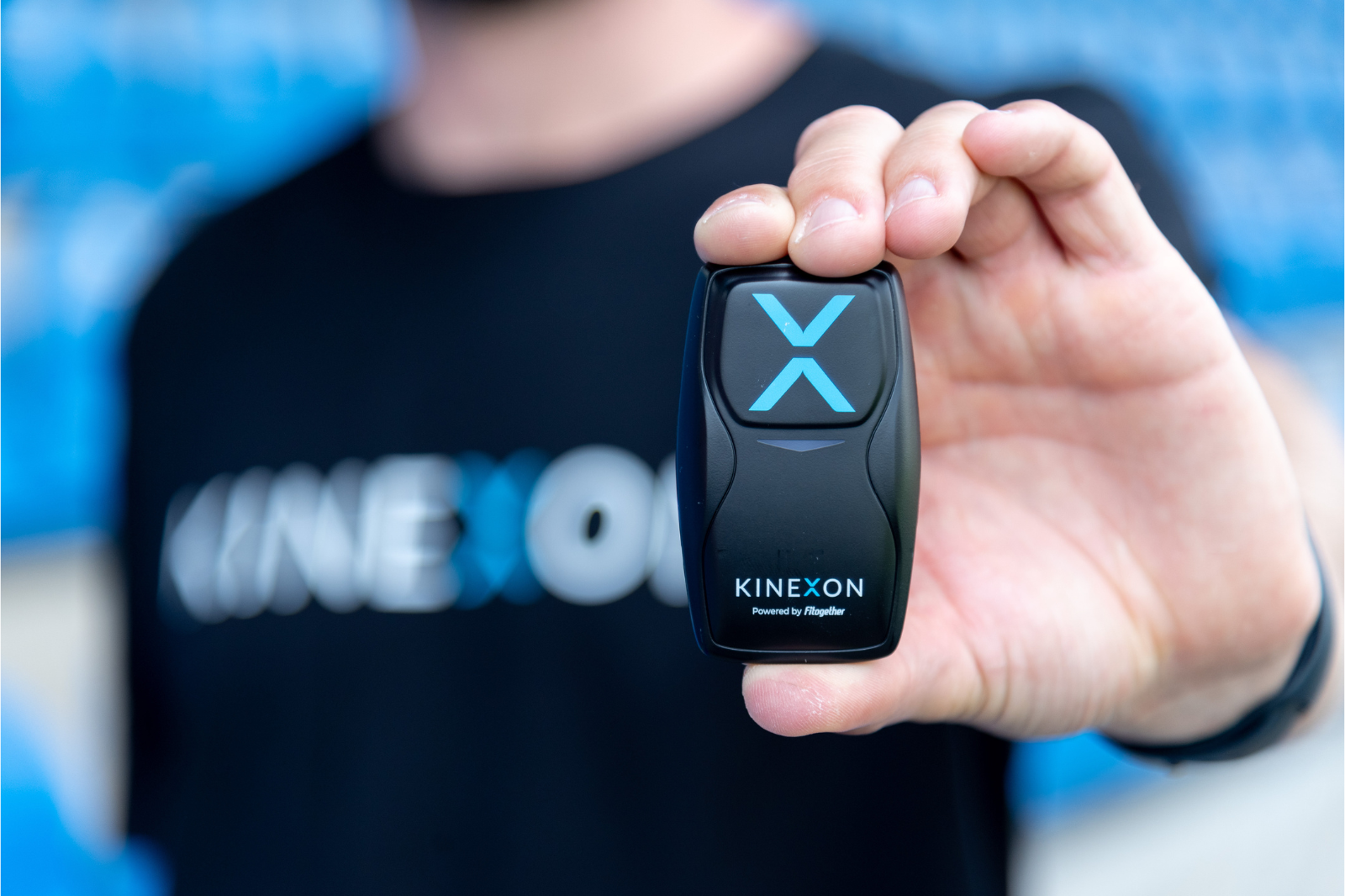The Rise of UWB: 3 Questions for Stefan Biermeier
The real-time localization market has recently been growing rapidly. More and more companies are now investing in Ultra-Wideband (UWB) technology for their indoor localization needs. Which potential does the technology hold for businesses, and what does the future promise for UWB? We asked Stefan Biermeier, Senior Product Manager Industrial IoT at KINEXON. Stefan oversees product strategy for KINEXON’s Industry 4.0 portfolio and shares some of his insights on UWB.

Stefan, you’ve been monitoring groundbreaking industrial technologies for many years. What is your perspective on the development of UWB?
Whether you’re looking at Apple’s AirTags or the latest Samsung smartphones: More and more B2C-companies are implementing UWB in their products. This fuels a general trend for the technology, which can also be felt throughout the B2B-sector.
Visibility and transparency in the supply chain and intralogistics are becoming increasingly important for companies. With more data on internal processes and material flows, new insights arise for further automation and optimization. This enables new value-adding applications such as Search & Find or automated material management.
Further driving the rise of UWB-components are definitely sinking costs, as well as the increasing standardization thanks to associations like FiRa or UWB Alliance. This means that moving forward, it’ll be possible to generate ultra-precise geolocation data with minimal investments in infrastructure. With a lower barrier to entry, companies of all sizes can finally consider the benefits of UWB for their indoor localization and location-based automation.
What areas of application can we expect for UWB in the future?
In addition to new use cases, I think it’s important to highlight existing use cases that can be optimized with UWB. This includes applications such as Track & Trace, Search & Find or Auto-ID in asset tracking. UWB generally supports the industry’s overarching agenda to increase efficiency and automation while reducing the reliance on paper and manual processes. Think location-based automation!
As UWB usage is increasing, the technology will become more affordable and easier to implement – which means that it enables companies feasibly leverage UWB and realize a variety of profitable industrial IoT use cases. This includes industries beyond manufacturing and logistics: UWB is becoming increasingly relevant for the healthcare sector. P2P use cases like UWB-based patient tracking will become more widely adapted.
You’ve already mentioned the importance of pricing: With the X‑Tag, KINEXON launched the world’s most affordable industrial UWB-Tag. How will that change how industries think about ultra-precise real-time localization?
The X‑Tag is a more than timely innovation: It finally enables the precise tracking of large amounts of even small assets, which was previously unfeasible. When it comes to considering indoor localization technologies, the decision between RFID, BLE, and UWB is no longer a question of pricing. This means more companies can opt for the ultra-precise data generated by UWB-localization, at a much faster RoI.

It is not enough to have real-time location data available. Companies also need to have software tools in place to properly analyze that real-time data to derive actionable insights. With the Location-based Automation Platform KINEXON RIoT, we already offer an open platform with software and analysis functions to translate the X‑tag data into a digital twin as well as optimized and automated processes.














